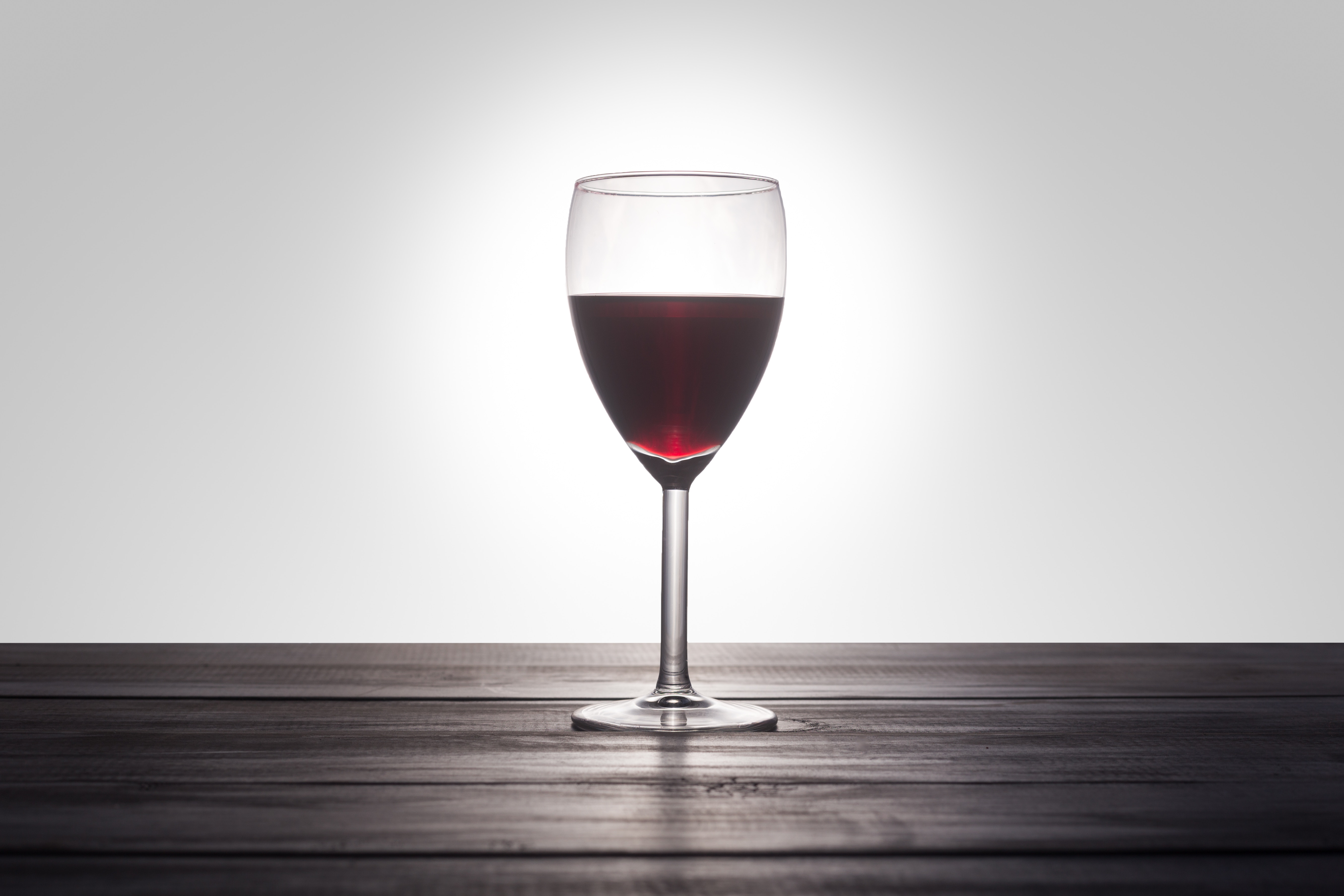Why and How To Smell Wine?
Now that you’ve looked at the wine and swirled it around in your glass, there’s only one more step before you get to drink it: smelling the wine! Smelling wine is all about exploring your drink, seeing what notes the grapes have created, and preparing your taste buds for what’s to come.
Why To Smell Wine?
Some say the nose — or aroma — of a wine can be the most powerful indicator of taste. The aroma can account for 85% of a wine’s flavor. Smelling a wine is where you’ll examine intensity, age, wood, fruit and non-fruit (like spice or earth) characteristics… It’s important to learn the system for smelling wine and what the aroma can reveal about the character and origin of a wine. These steps and the accompanying vocabulary can help you become more comfortable discussing wine and teaching others.
How To Smell Wine?

When you first start smelling wine, think big to small. Are there fruits? Think of broad categories first, i.e. citrus, orchard, or tropical fruits in whites or, when tasting reds, red fruits, blue fruits, or black fruits. Getting too specific or looking for one particular note can lead to frustration. Broadly, you can divide the nose of a wine into three primary categories:
- Primary Aromas depend on the variety of the grape, the area where it is cultivated, the composition of the soil and the climatology. They are grape-derivative and include fruits, herbs, and floral notes
- Secondary Aromas come from winemaking practices. The fermentation process creates the wine’s secondary aromas and may be subtly or significantly influenced by the winemaker’s choices. The most common aromas are yeast-derivative and are most easy to spot in white wines: cheese rind, nut husk (almond, peanut), or stale beer
- Tertiary Aromas, also known as “bouquet”, come from aging, usually in bottle, or possibly in oak. These aromas are mostly savory: roasted nuts, baking spices, vanilla, autumn leaves, old tobacco, cured leather, cedar, and even coconut.
Getting past the “wine” smell, it can be difficult to move beyond the vinous flavor. A good technique is to alternate between small, short sniffs and slow, long sniffs.
The Aromas You Don’t Want to Smell in Your Wine
It’s important to know which aspects of a wine’s profile and appearance may denote a fault in the wine. Begin by examining the unopened bottle, then proceed from there. Any of the faults listed below will indicate that the bottle may have been compromised and that you should consider opening a new one.
- Trichloroanisole (TCA) tainted or “corked” wine is caused when treated cork reacts with chlorinated phenols and creates a compound TCA, contaminating the bottle. Corked wine smells like wet newspaper, dank basement, wet dog and soggy cardboard, and can happen in any level of wine, from expensive to low-cost
- Reduction is caused when a wine doesn’t have enough oxygen in the bottle. This flaw is characterized by aromas of boiled garlic and cabbage
- Oxidation in wine is caused when the wine is exposed to oxygen, and may be characterized by a brown color and a flat taste. The wine will smell like a sherry, and may smell stale, nutty or even like burnt marshmallow or stewed fruit
- UV damage or “light strike” is caused by exposure to sun or supermarket lighting. White wines are particularly vulnerable to this, and it is characterized by a cabbage or wet dog aroma
- Heat damage or “cooked” wine has reached temperatures in excess of 82 degrees, and is characterized by flat flavor and a brown hue
- Brettanomyces — Have you ever heard the term “brett,”? Think of cherry cough syrup, Band-aids, or smokey, barnyardy or horsey aromas. I’m told a sweaty horse blanket is a ringer for brett. Brettanomyces is a yeast spoilage. Old world wines may have a tiny amount of brett that some wine drinkers covet. You can also find brett in some Belgian Trappist beers
- Spritz in a non-sparkling wine means that the wine has either not finished fermentation, or is undergoing an unexpected second fermentation in the bottle. When this occurs, the wine may be slightly hazy due to residual yeast particles.





